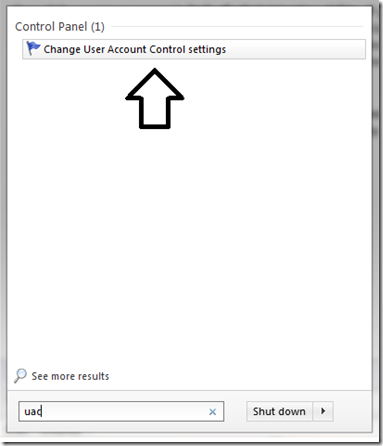

Generally, at Windows 7 and above, NET USE requires the use of the following in the USER parameter: A Google search reveals many variations of this sort of failure, most with no IBM i system involved. NET USE Z: \\SystemName\ShareName /u:UserID /p:no NET USE Z: \\SystemName\ShareName /USER:UserID /PERSISTENT:no However, either of the following would prompt the user for password, the user would enter the same password, and the connection would be successfully made: This had been working in the past (at some maybe distant point), but now is rejected with: NET USE Z: \\SystemName\ShareName /u:UserID password /p:no NET USE Z: \\SystemName\ShareName /USER:UserID password /PERSISTENT:no IBM Support was questioned about a situation where a user attempted to map a NetServer drive from a Windows 7 PC, using the following NET USE syntax: No information was found about what is used for this value if the user is not logged on to a domain. According to Microsoft's documentation, if you do not use domainname, then net use uses the current logged on domain. And based off of all of this data, you'll then know if you are an admin or not.Īlso, as Eugen said in the comments, make sure you're using the right slashes in your commands.The Microsoft NET USE command /USER parameter has two parts, domainname and username.

To check what groups you are a part of, you can use whoami /groups which will list all groups and aliases that the logged in user is a part of. So for example, if I was a part of the Domain Admins group and the policy for Domain Admins was administrator access on the machines, then I would have admin access without being listed in the output of the command. It will also list the groups that are admins on the machine. If you are not listed there, you are not an administrator.

:max_bytes(150000):strip_icc()/how-to-fix-system-error-5-has-occurred-on-windows-10-8-and-7-4770868-1-ca43ad5c6ed948a096f408254fc5833f.png)
Two things I'm seeing here that could cause this:


 0 kommentar(er)
0 kommentar(er)
